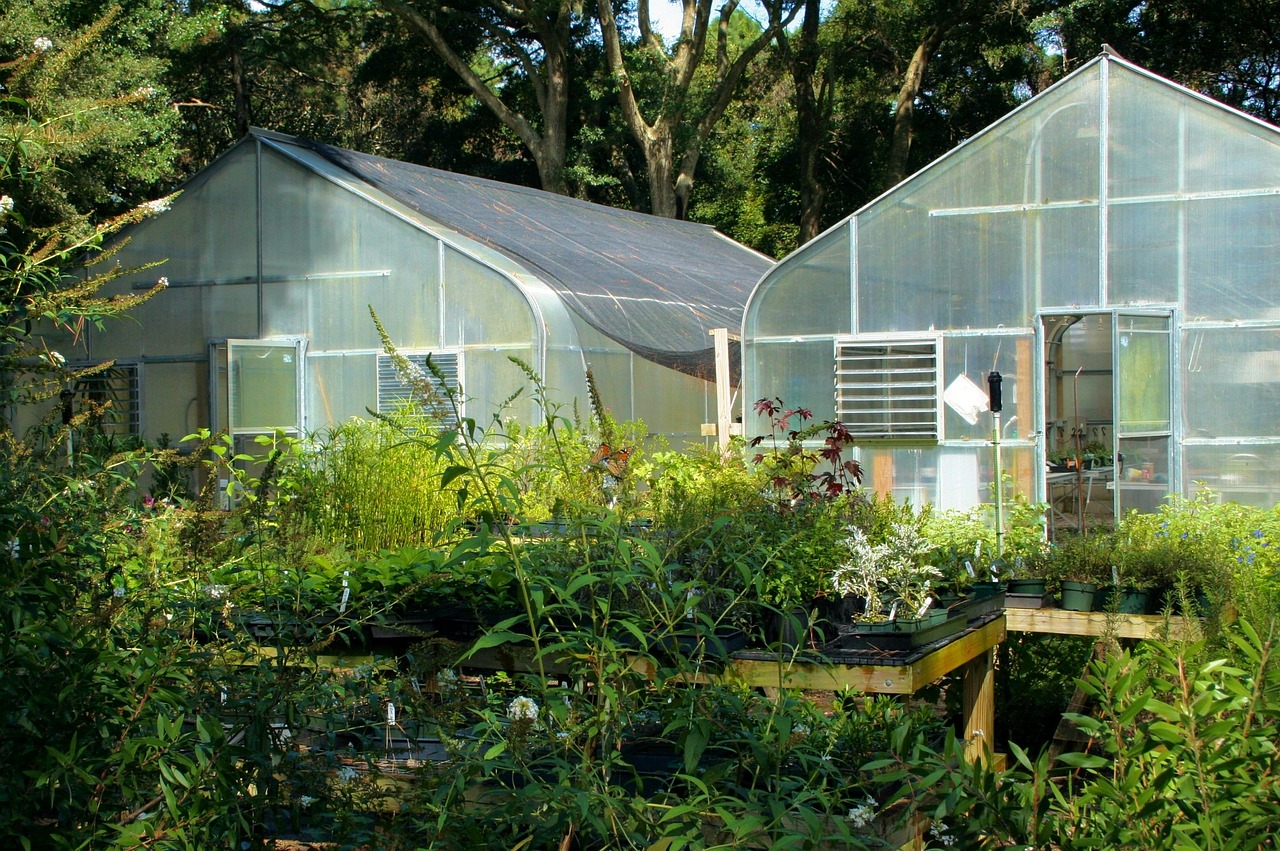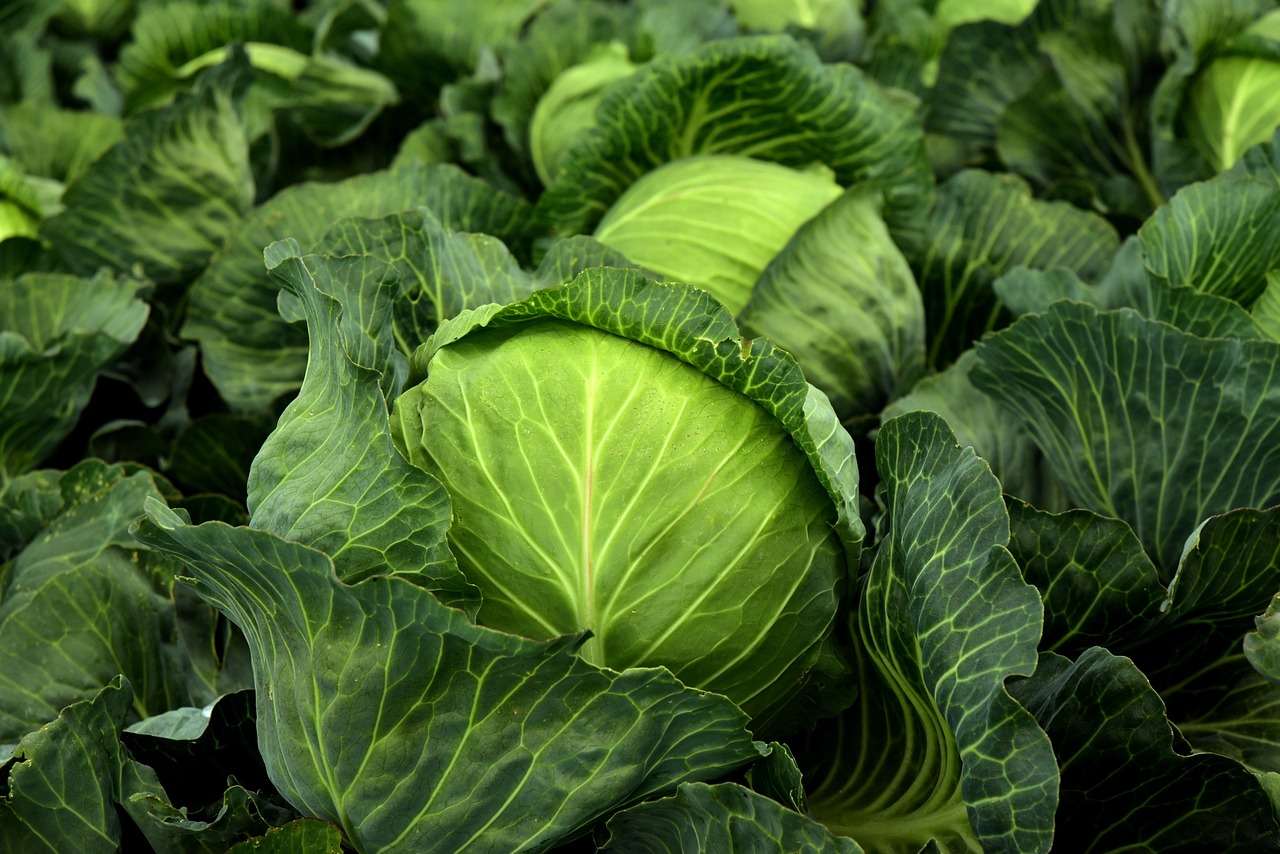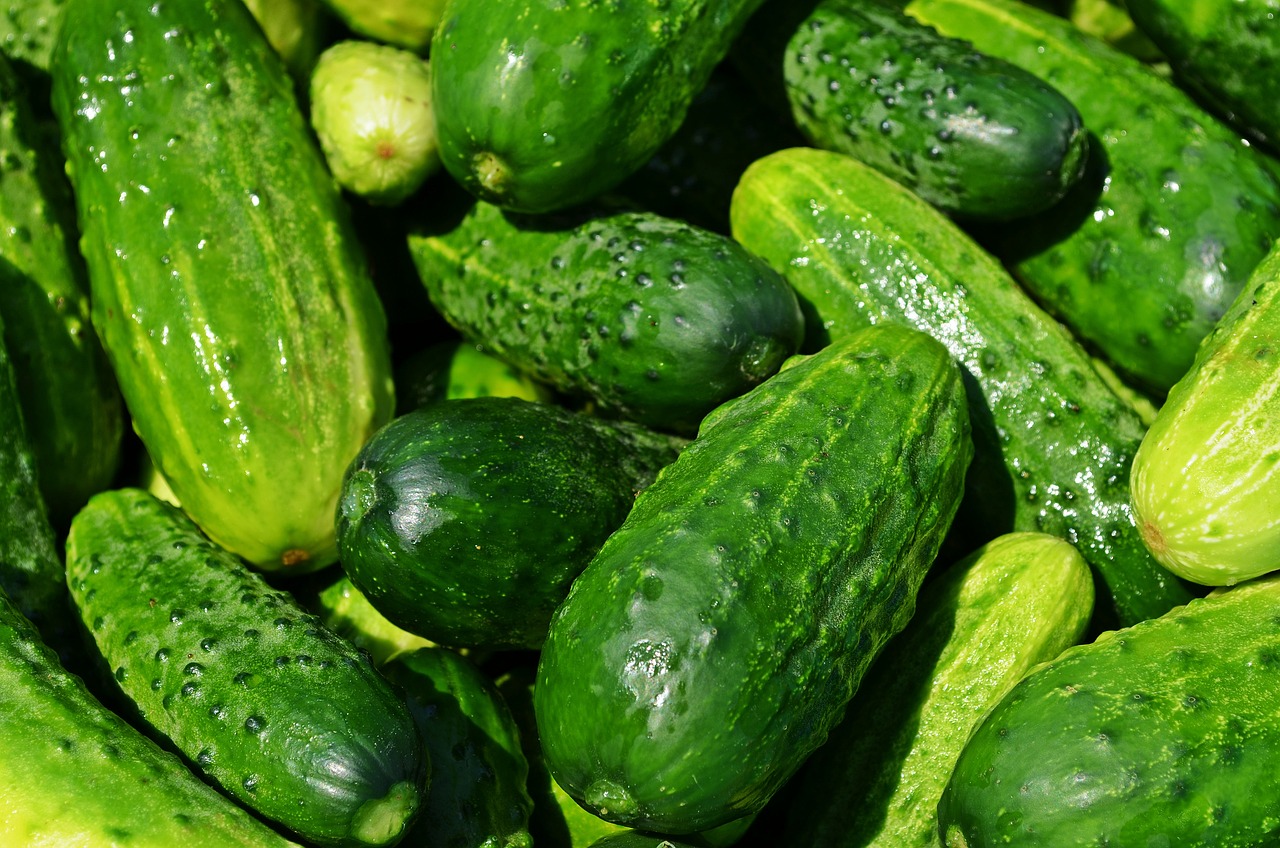Are your plants looking a little unruly and overgrown? It may be time to master the art of pruning. Pruning is the process of selectively removing certain parts of a plant to promote healthy growth, improve aesthetics, and prevent disease or damage.
By learning the proper techniques and timing for pruning, you can keep your plants looking their best and ensure their longevity. Pruning can seem daunting at first, but with the right knowledge and tools, it can be a satisfying and rewarding experience.
In this article, you will learn about the benefits of pruning, how to identify growth patterns and select the right branches to remove, and tips and tricks for success. By the end, you will be equipped to tackle your overgrown plants with confidence and keep them healthy and beautiful for years to come.
Understanding the Benefits of Pruning for Plant Health and Aesthetics
Pruning is an essential technique for maintaining both the health and aesthetics of plants. It allows for the removal of damaged or diseased branches while promoting proper growth and shape. By removing dead or diseased branches, you help prevent the spread of disease throughout the plant.
Pruning also encourages new and healthy growth, which can lead to a fuller and more vibrant appearance. Different pruning techniques can be used depending on the type of plant and its growth pattern. Pruning frequency can also vary depending on the plant’s growth rate and the season.
Regular pruning can prevent overcrowding and promote optimal growth, while neglecting pruning can lead to weak and unattractive plants. By following proper pruning techniques and schedules, you can help your plants thrive both aesthetically and health-wise.
Identifying Growth Patterns and Selecting the Right Branches to Remove
Identifying which branches to remove is crucial for maintaining the growth patterns of your plants and ensuring their overall health and appearance. When selecting branches to remove, it’s important to consider their growth direction.
Branches that are growing inwards towards the center of the plant can cause congestion and hinder airflow, which can lead to disease and pest infestations. On the other hand, branches that are growing outwards can create an unbalanced appearance and weaken the structure of the plant.
To remove unwanted branches, there are several pruning techniques you can use. One common method is called ‘thinning out,’ where you selectively remove branches to create space and promote airflow.
Another technique is called ‘heading back,’ where you cut back the tips of branches to encourage new growth. Proper pruning techniques can not only improve the appearance of your plants but also prevent the spread of disease and promote overall plant health.
So take the time to carefully select the branches you want to remove and use the appropriate pruning techniques to keep your plants healthy and beautiful.
Choosing the Right Tools for Pruning Success
When it comes to maintaining the growth patterns of your plants and ensuring their overall health and appearance, selecting the appropriate tools for the job is essential.
Pruning techniques require specific tools that are designed for different jobs, such as trimming, shaping, and removing dead or diseased branches.
It’s important to have the right maintenance tools at your disposal to ensure that you can keep your plants healthy and beautiful year-round.
The most essential pruning tools include pruning shears, loppers, pruning saws, and hedge shears.
Pruning shears are ideal for cutting small branches and stems, while loppers are better suited for thicker branches.
Pruning saws are used for cutting larger branches or limbs, and hedge shears are designed to trim hedges and shrubs.
By selecting the right tool for the job, you can ensure that you are making the proper cuts and keeping your plants healthy and thriving.
Timing is Key: When to Prune for Optimal Results
To achieve optimal results, it’s crucial to time your pruning appropriately. Pruning frequency varies depending on the type of plant, but generally, it’s best to prune in the dormant season. This is when the plant is not actively growing, and it’s easier to see the structure of the plant and make precise cuts.
For deciduous trees and shrubs, this is typically in late winter or early spring, before new growth appears. For evergreens, it’s best to prune in late winter or early fall.

Seasonal changes also affect pruning time. For example, if you prune a tree or shrub too late in the fall, it may stimulate new growth that won’t have time to harden off before winter, making it vulnerable to damage. Similarly, if you prune too early in the spring, you may remove buds that would have produced flowers or fruit.
Factors affecting pruning time include the type of plant, the age of the plant, and the reason for pruning. By timing your pruning correctly, you can help your plants stay healthy and beautiful.
Tips and Tricks for Mastering the Art of Pruning
You can make your pruning experience more enjoyable by following some helpful tips and tricks. First, make sure to follow the pruning dos and don’ts.
Do prune in the dormant season, when the plant isn’t actively growing. Don’t prune too much at once, as this can shock and damage the plant.
Do use clean, sharp tools to make clean cuts and prevent the spread of disease. Don’t leave stubs when cutting branches, as this can promote disease and insect infestation.
By following these dos and don’ts, you can ensure that your plants stay healthy and beautiful.
Another important aspect of mastering the art of pruning is avoiding common pruning mistakes.
One of the most common mistakes is over-pruning, which can weaken the plant and reduce its ability to produce flowers or fruit. Another mistake is pruning at the wrong time, which can also lead to weaker plants and reduced yields.
To avoid these mistakes, make sure to research the specific pruning needs of each plant you’re working with, and follow proper pruning techniques for that particular species.
With a little practice and attention to detail, you can become an expert pruner and keep your plants thriving for years to come.
Frequently Asked Questions
Can pruning be harmful to the plant if done incorrectly?
If you don’t use proper pruning techniques, it can harm the plant. Common mistakes include removing too much foliage, making improper cuts, and cutting at the wrong time of year.
How often should I prune my plants?
To keep your plants healthy and looking their best, prune them regularly. The frequency depends on the type of plant and its growth rate. Generally, pruning once or twice a year, during the dormant season, is best.
What should I do if I accidentally cut off a branch that I didn’t mean to?
If you accidentally cut off a branch, don’t worry. You can perform branch restoration by cutting the stub at an angle and applying tree wound dressing. Preventing future accidents is easy with proper pruning techniques.
Is there a specific technique for pruning different types of plants?
To properly prune different types of plants, you need to know the best pruning techniques. Avoid common mistakes like cutting too much or at the wrong time. Pruning Techniques: Best Practices for Different Plants.
Will pruning help prevent disease in my plants?
Pruning benefits plants by improving their health and preventing disease. Best tools for pruning include pruning shears, loppers, and saws. Regular pruning ensures proper growth and allows for early detection and removal of infected or damaged plant parts.
Conclusion
Congratulations! You’ve now learned the art of pruning, and you’re well on your way to keeping your plants healthy and beautiful.
Remember, pruning is not just about aesthetics; it’s also critical for the health and growth of your plants. By removing dead or diseased branches, you can prevent the spread of disease and promote new growth.
To become a pruning pro, start by identifying growth patterns and selecting the right branches to remove. Remember to choose the right tools for the job, and always use sharp, clean equipment.
Timing is also crucial, so make sure you prune at the right time of year for optimal results. With a little practice and patience, you’ll soon be a master at the art of pruning, and your plants will thank you for it!










